|
(b) When magnesium burns in air, it forms a white solid and a grey-green solid.
When a few drops of water are added to the mixture, a gas that turns red litmus paper blue is evolved. Identify the (i) white solid. (ii) gas evolved and state its use. (I) Name of gas (II) Use of the gas. ; (c) Two different samples of water (I and II) were tested with soap solution. Sample II was further subjected to two other processes before adding soap. 20 cm3 of each sample of water was shaken with soap solution in a boiling tube until a permanent lather was obtained. The results are shown in the table below
(i) Identify the water sample that had temporary hardness. Explain your answer.
(ii) Explain why the results for sample II are different after distilling but remain unchanged after filtering. (iii) State two disadvantages of using both water samples for domestic purposes.
0 Comments
(a) Other than concentration, state two factors that determine the rate of a reaction.
b) In an experiment to determine the rate of reaction, excess lambs of calcium carbonate were added to 2 M hydrochloric acid. The mass of calcium carbonate left was recorded after every 30 seconds. The results are shown in the table below
i) Write the equation for the reaction that took place
ii) On the grid provided, plot a graph of mass of calcium carbonate vertical axis Against time (iii) Determine the rate of reaction at the 105th second. (c) Why does the curve level off after some time? (d) On the same grid, sketch a curve for the same reaction using 4 M hydrochloric acid and label the curve R.
The set up below can be used to generate a gas without heating. This occurs when substance M reacts with solid N.
a i) Complete the table below giving the names of substance M and solid N if the gasses generated are chlorine and sulphur (IV) oxide.
(ii) Complete the diagram above to show how a dry sample of sulphur (IV) oxide can be collected
(b) Describe two chemical methods that can be used to test the presence of sulphur (IV) oxide. (c) Other than the manufacture of sulphuric (VI) acid, state two uses of sulphur (IV) oxide.
ANSWERS
(b) Presence of SO2
- Use of acidified potassium dichromate (VI) which turns from orange to green. - Bubble gas through acidified potassium manganate (VII) which decolourises /changes i.e from purple to colourless. - Iron (III) sulphate solution - yellow/brown changes to green - Bromine water colour changes from yellow/brown / orange to colourless (c) - Fumigation - Bleaching agent - Preservative . - Disinfectant - Antioxidant
a) The diagram below represents a dry cell. Use it to answer the quest ions that follows.
i) Which of the letters represent
i) Carbon electrode? ii) The electrolyte? ii) One of the substances used in a dry cell is manganese (IV) oxide. State two roles of manganese (IV) oxide in the dry cells b) Below is simplified electrolytic cell used for purification of copper. Study it and answer the questions that follows.
i) Identify the cathode
ii) Write the equation for the reaction at the anode iii) What name is given to L? iv) A current of 0.6 A was passed Through the electrolyte for 2 hours. Determine the amount of copper deposited (Cu=63.5; 1 Faraday = 96,500 coulombs) v) St ate two uses of copper metal
ANSWERS
(a) (i) I F
II G (ii) - Manganese (IV) oxide oxidises hydrogen to water /depolariser . - It increases the surface area of the electrolyte (b) (i) Cathode J.
(v)Uses of copper metal - soldering bits / wires
- Electrical cables and alloys - coins, ornaments/lightening arrestors/ diodes/ - calorimeters.
(a) Name the method that can be used to obtain pure iron (III) chloride from a mixture of iron (III) chloride and sodium chloride.
(b) A student was provided with a mixture of sunflower flour, common salt and a red dye. The characteristics of the three substances in the mixture are given in the table below.
The student was provided with ethanol and any other materials needed.
Described how the student can separate the mixture into its three components c) The diagram below show part of a periodic table. The letters do no represent the actual symbols of elements. Use the diagram to answer the questions that follow.
i) Explain why the oxidizing power of W is more than that of X
ii) How do the melting points of R and T compare? Explain iii) Sketch an element that could be used i) In weather ballons ii) For making a cooking pot d i) Classify the substances water, iodine, diamond and candle wax into elements and compounds
ii) Give one use of diamond
ANSWERS
(a)Sublimation
(b)Add ethanol to the mixture . Filter and evaporate filtrate to obtain red dye . Add water to the residue . Filter to obtain sunflower flour . Evaporate filtrate to obtain salt . OR Add H,O to mixture , filter , residue is sunflower , evaporate the water ; add ethanol to the residue filter . The filtrate is red dye. (3 marks) (c)(i) W accepts electrons more readily than X. W has small atomic radius/ W has less energy levels than X/ W has less screening effect than X/ W has greater effective nuclear attraction than X. W is more electro negative than X. (ii) T has a lower melting point than R because it exists in simple molecular form with weak Van der Waals forces while R has strong metallic bonds.
(a) Draw the structure of the folio wing compounds.
(i) Butanoic acid; (ii) Pent-2-ene. (b) Explain why propan-1-ol is soluble in water while prop-1-ene is not. (Relative molecular mass of propan-1-ol is 60 while that of prop-1-ene is 42). (c) What would be observed if a few drops of acidified potassium manganate (VII) Were added to oil obtained from nut seeds? Explain. (d) State one method that can be used to convert liquid oil from nut seeds into solid. (e) Describe how soap is manufactured from liquid oil from nut seeds (f) 0.44 g of an ester A reacts with 62.5 cm3 of 0.08 M potassium hydroxide giving an alcohol Band substance C. Given that one mole of the ester reacts with one mole of the alkali, calculate the relative molecular mass of the ester.
(a) (i) Carbon (IV) oxide is present in soft drinks. State two roles of carbon
(IV) oxide in soft drinks. (ii) Explain the observation made when a bottle containing a soft drink is opened. (iii) Carbon (IV) oxide dissolves slightly in water to give an acidic solution. Give the formula of the acid. (b) Zinc oxide can be obtained by heating zinc nitrate. A student heated 5.76 g of zinc nitrate. (i) Write an equation for the reaction that occurred. (ii) Calculate the total volume of gases produced. (Molar gas volume is 24 dm3; Zn = 65.4; O = 16.0; N = 14.0). (iii) Identify the element that is reduced when zinc nitrate is heated. Give a reason.
An electric current was passed through several substances and the results obtained recorded in the table below.
Which of these substance is likely to be
a)Magnesium b) Hexane c) lead (II) bromide ?
ANSWERS
(a) State one source of alkanes.
(b) Ethane gas was reacted with 1 mole of bromine gas. State one observation made during this reaction.
ANSWERS
(a) Sources of alkanescrude oil/petroleum natural gas/biogas
(b) The brown/red/orange/yellow colour of bromine is discharged/discoloured
(a) Describe how carbon (IV) oxide can be distinguished from Carbon II Oxide using calcium hydroxide solution.
(b) What is the role of carbon (IV) oxide in fire extinguishing?
ANSWERS
(a) Bubble the gases in calcium hydroxide solution. Carbon (II) Oxide does not react while Carbon (IV) Oxide forms a white precipitate.
(b) Carbon (IV) Oxide cuts the supply of oxygen
A hydrocarbon contains 14.5% of hydrogen. If the molar mass of the hydrocarbon is 56, determine the molecular formula of the hydrocarbon.
(C = 12.0; H = 1.0)
Starting with barium nitrate solution, describe how a pure sample of barium carbonate can be prepared in the laboratory.
ANSWERS
The graph below is a cooling curve for water. Study it and answer the questions that follow
(a) Explain what happens to the molecules of water in the region BC in terms of kinetic theory.
(b) In what state is the water in the region DE?
ANSWERS
The molecules of water are
(a) Loosing heat . The kinetic energy decreases and the molecules move closer to each other (b) Solid state
The table below is part of the periodic table. The letters are not the actual symbols of the elements. Study it and answer the questions that follows.
a) Select an element which is stored in paraffin in the laboratory
(b) How do the ionic radii of E and I compare? Explain
ANSWERS
(a) Element stored under paraffin G
(b) E is smaller than I. E has two energy levels while I has 3 energy levels.
Study the flow chart below and use it to answer the questions that follows
a) Name process T
b) Give the formula of W. c) State two uses of X
Describe how samples of lead (II) sulphate, ammonium chloride and sodium chloride can be obtained from a mixture of the three.
ANSWERS
A crystal of iodine, heated gently in a test tube gave off a purple vapour.
(a) Write the formula of the substance responsible for the purple vapour. (b) What type of bond is broken when the iodine crystal is heated gently? (c) State one use of iodine.
ANSWERS
(a)Formula of Iodine I2
(b)Weak Van der Waals (c)Antiseptic
A radioactive substance weighing M kg took 1900 years for the original mass to reduce to 15 kg. Given that the half life of the radioactive substance is 380 years;
(a) Determine the original mass of the radioactive substance. (b) State two uses of radioactivity in medicine. .
Study the standard electrode potentials in the table below and answer the questions that follow.
(a) Which of the metals is the strongest reducing agent?
(b) What observations will be made if a silver coin was dropped into an aqueous solution of copper (II) sulphate? Explain.
ANSWERS
(a) Calcium
(b) No observable change silver is below copper in the reactivity series so it cannot displace it.
(a) One of the allotropes of sulphur is rhombic sulphur, name the other allotrope.
(b) Concentrated sulphuric (VI) acid reacts with ethanol and copper. State the property of the acid shown in each case. (i) Ethanol .................... (ii) Copper ....................
ANSWERS
(a) Monoclinic sulphur /Beta sulphur! Prismatic sulphur
(b) (i) Dehydrating property (ii) Oxidising property
The flow chart below shows various reactions of aluminium metal. Study it and answer the questions that follow
a) i) Other than water, name another reagent that could be R
ii) Write the formula of reagent Q b) Write an equation or the reaction in step 5.
Given the following substances: wood ash, lemon juice and sodium chloride.
(a) Name one commercial indicator that can be used to show whether wood ash, lemon juice and sodium chloride are acidic, basic or neutral. b) Classify the substances in 15(a) above as acids, bases or neutral
ANSWERS
(a) Universal indicator / litmus paper
(b) Acid, base, neutral.
The table below shows behaviour of metals R, X, Y and Z. Study it and answer the questions that follow:
a) Arrange the metals in the order of reactivity starting with the most reactive
b) Name a metal which is likely to be i X ii Y
ANSWERS
(a) Reactivity series starting with the most reactive
X R Z Y (b) X could be potassium Y could be copper
Dry ammonia and dry oxygen were reacted as shown in the diagram below
a)What is the purpose of the glass wool?
b) What products would be formed if red hot platinum was introduced into a mixture of ammonia and oxygen?
ANSWERS
(a)The purpose of the glass wool. It spreads the oxygen evenly/increase surface area or enriches the air with oxygen.
(b)Forms NO, Nitrogen (II) Oxide and steam
The curve shown below shows the variation of time against temperature for the reaction between sodium thiosulphate and hydrochloric acid.
a) Write the equation for the reaction between sodium thiosulphate and dilute hydrochloric acid
b) Explain the shape of the curve
ANSWERS
|
Chemistry Topics
All
Archives
December 2024
|
Can't find what you are looking for? Don't worry, Use the Search Box Below.
|
Primary Resources
College Resources
|
Secondary Resources
|
Contact Us
Manyam Franchise
P.O Box 1189 - 40200 Kisii Tel: 0728 450 424 Tel: 0738 619 279 E-mail - sales@manyamfranchise.com |


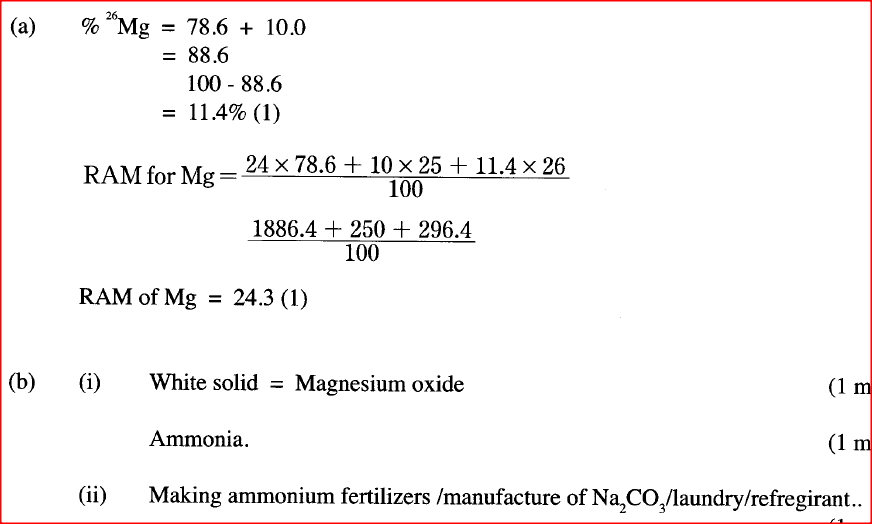



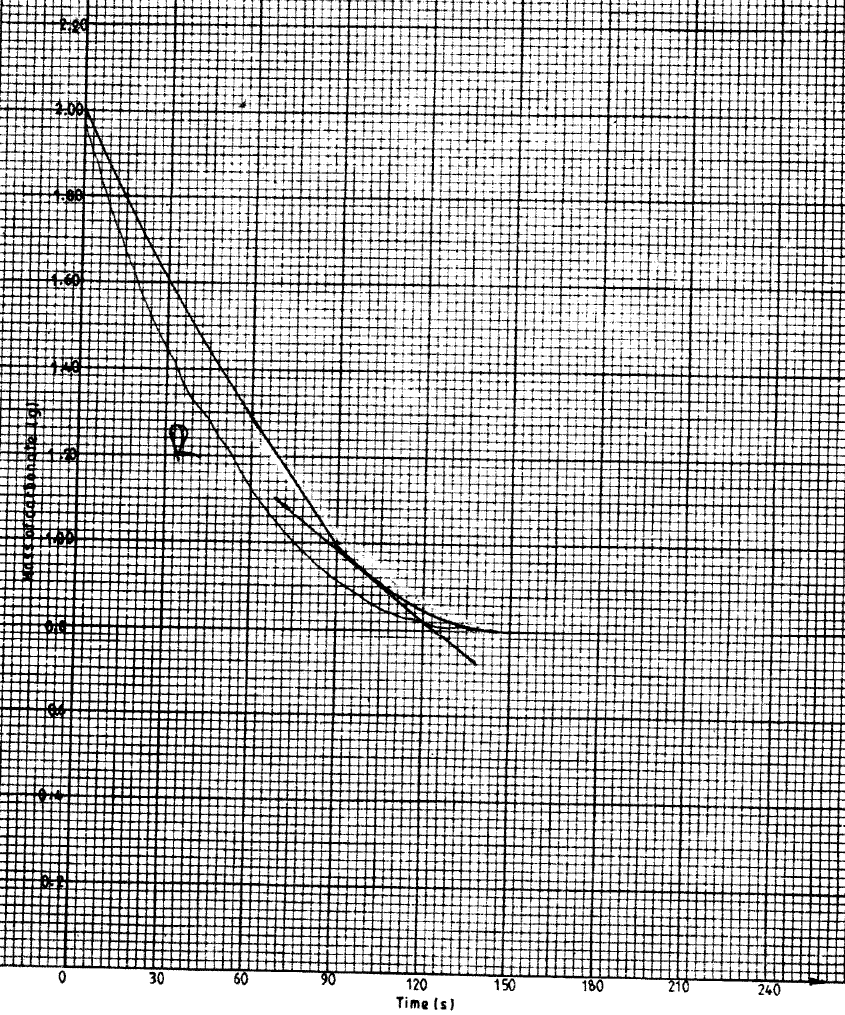
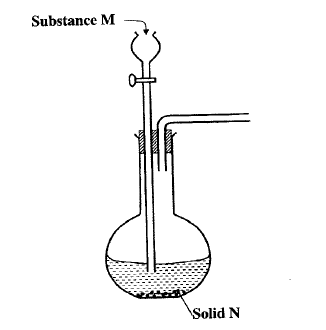


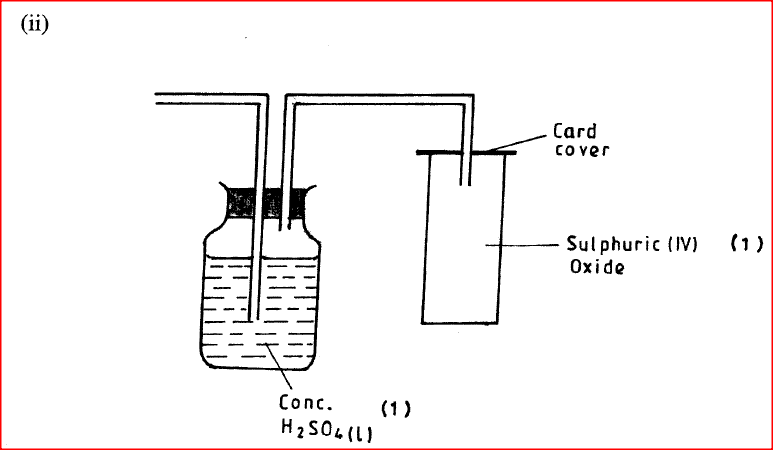
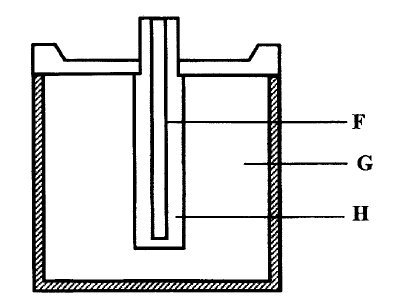
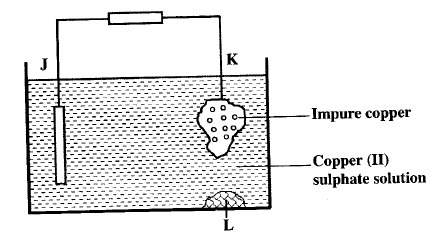
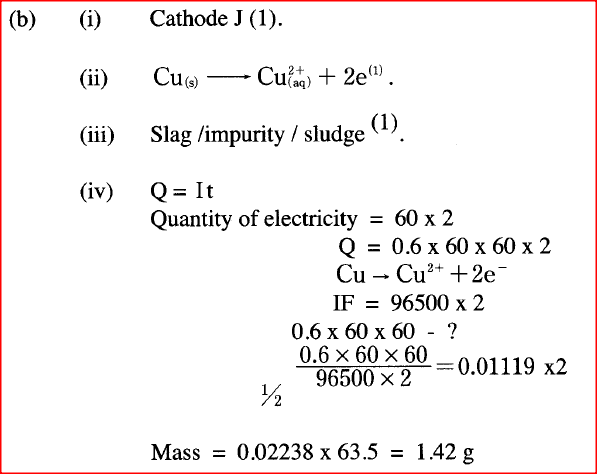



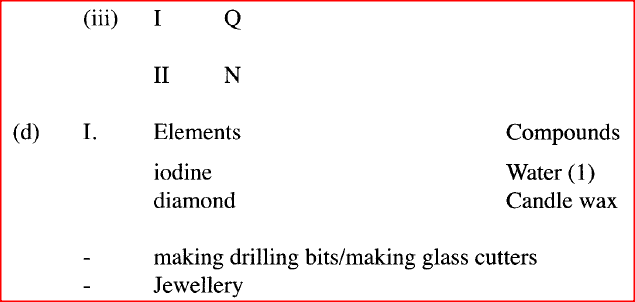
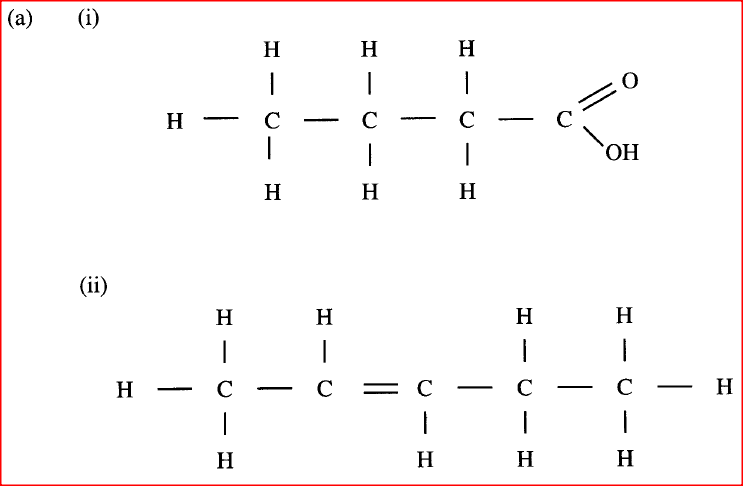
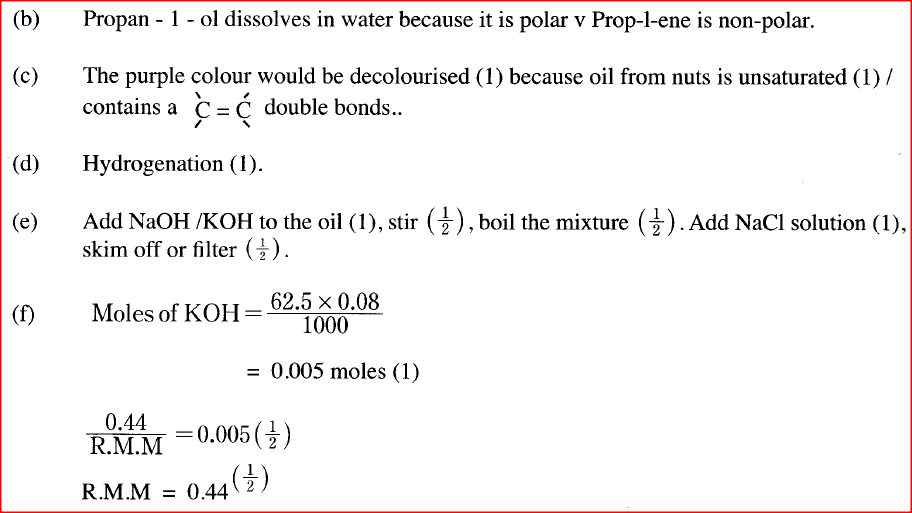
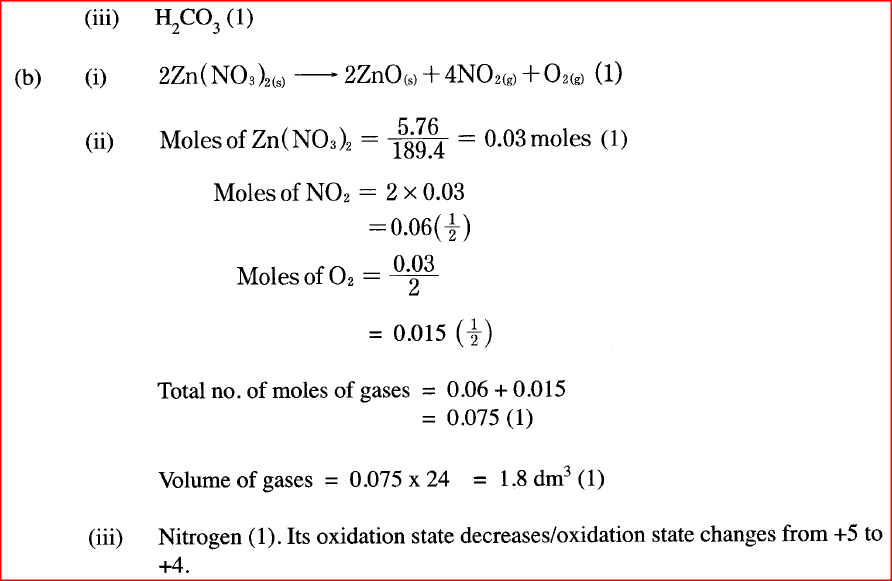

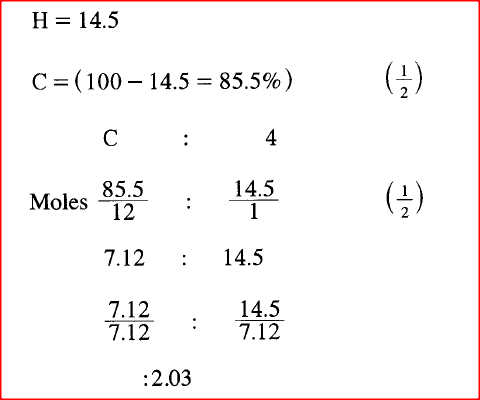
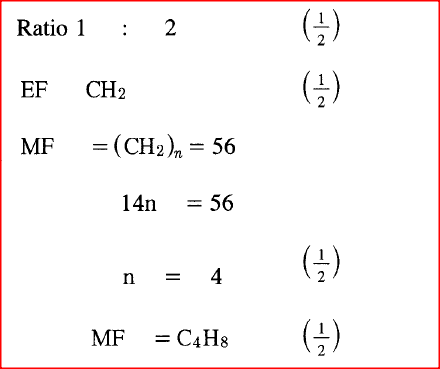
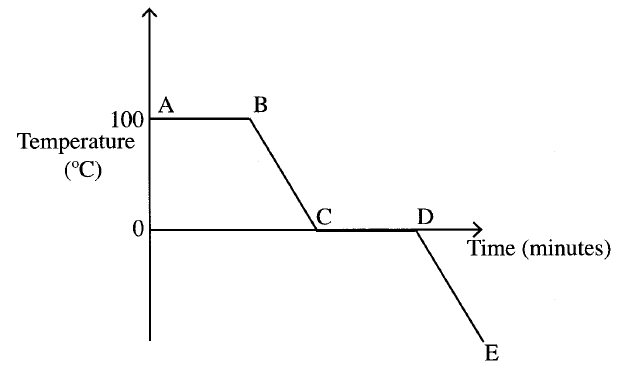

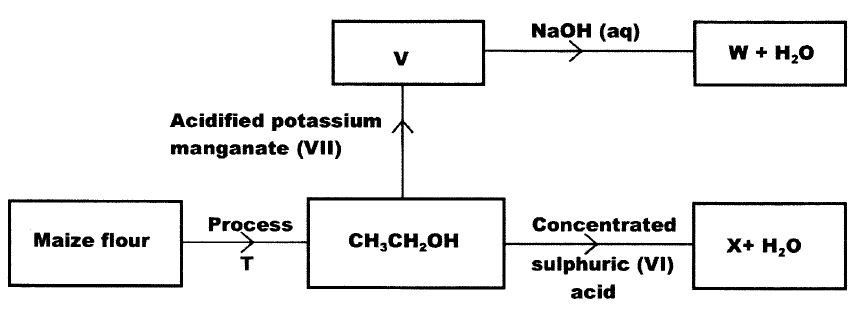
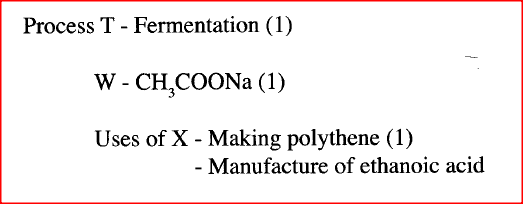
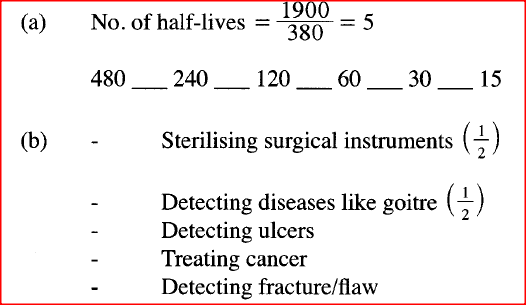
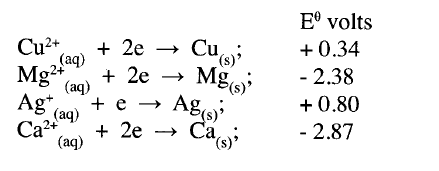
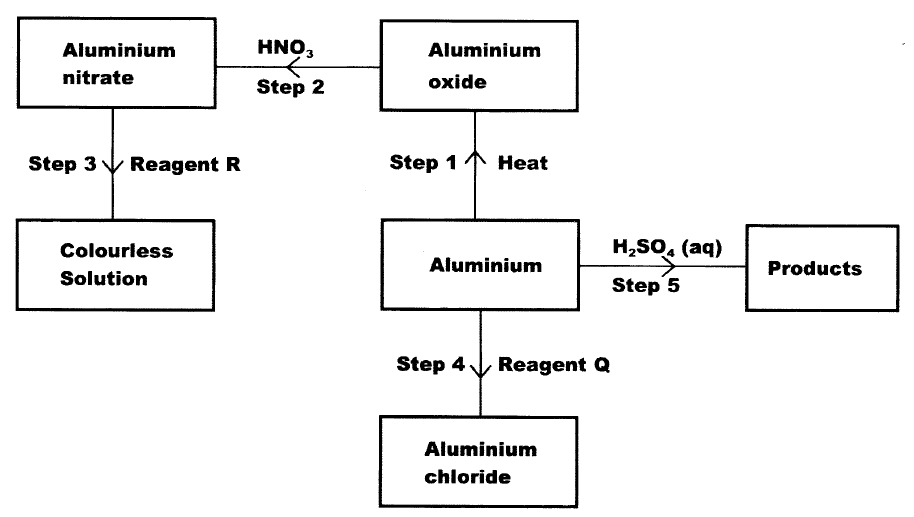



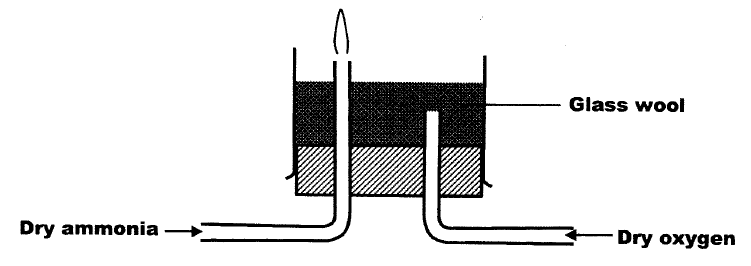
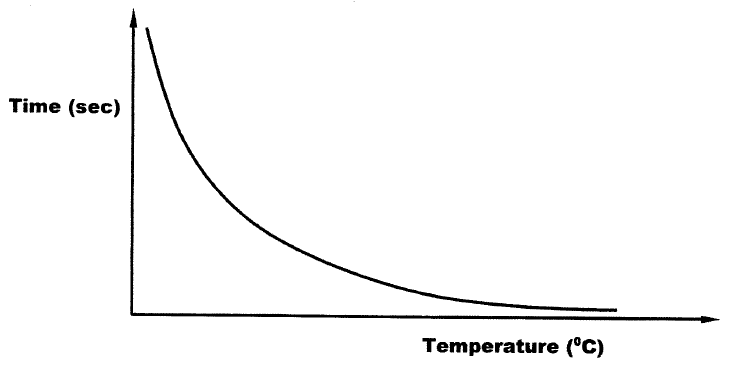

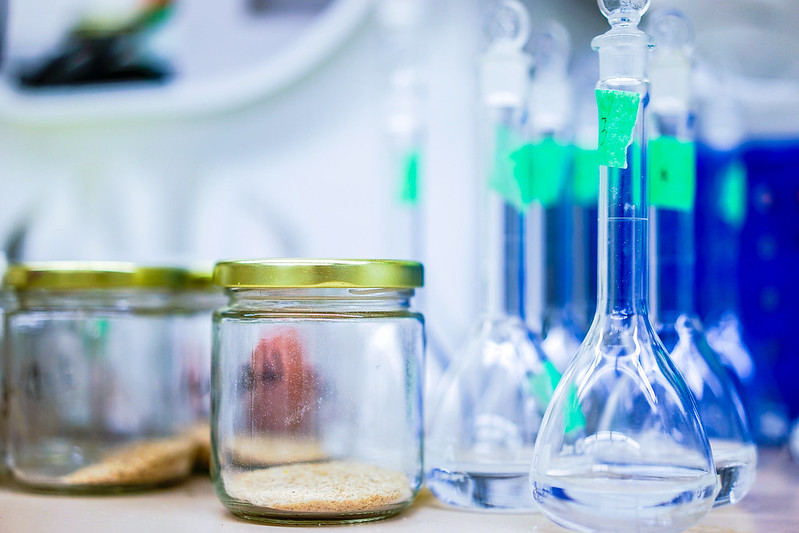
 RSS Feed
RSS Feed

